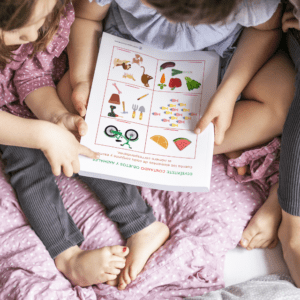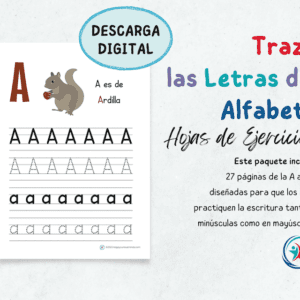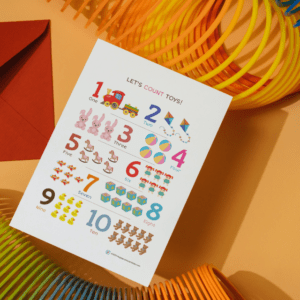Hello there, wonderful people! We’ve got some exciting news to share—our little superstar, Yuna, is stepping into the world of kindergarten this month. And guess what? We’re venturing into the homeschooling adventure, crafting our unique approach to education that revolves around Yuna’s interests.
So, let’s break it down a bit. Our homeschooling style is all about letting Yuna take the lead in choosing what she wants to learn. We believe that when kids are genuinely interested, they learn with a spark that’s way cooler than just memorizing stuff.
But hold up, that’s not all. We’ve also got some serious parental plans in the mix. Our home is like a mini cultural hub—English, Russian, and Spanish conversations all around. Naturally, we’re making sure Yuna masters these languages, setting her up for success in this diverse world. And, of course, we’re introducing her to the world of personal finances early on so she can become a money-savvy champ. Think future entrepreneur, investor, or business owner. Yep, she’s getting a head start!
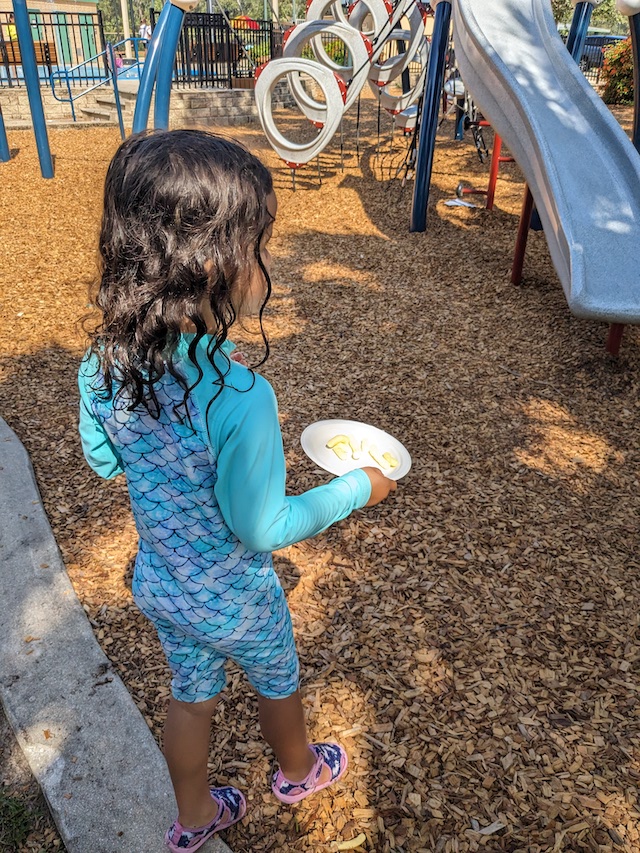
Now, homeschooling might sound like a bit of a mystery, right? You know, questions like, “Can I really do this?” or “Do I know enough?” Well, guess what? You’ve been teaching your kiddo since day one, my friend! You’re the real deal when it comes to being their guide. Trust us, we’ve had those doubts too, but the internet and other homeschooling parents in our community are a treasure trove of resources that are boosting our confidence step by step.
Zoom ahead to August, and whoosh, we’re all set to roll. We’re putting together Yuna’s learning plan, which feels like crafting a special recipe tailored just for her. Super exciting, right? So, while we’re all amped up, we thought, “Hey, let’s dive into what our kindergarten whiz should be rocking in English language arts and literacy.”
Enter the spotlight on the Common Core State Standards Initiative. Yep, we went on a digital hunt and found this gem packed with learning ideas. But here’s the scoop—we’re not just aiming for the usual college and career paths. Nope, we’re talking about raising a future trailblazer—an entrepreneur, an investor, someone who’s got the essentials to live an extraordinary life. The ultimate goal? A life that’s joyful and fulfilling, focused on what truly matters.
Don’t get us wrong; those standards are like a helpful compass. But think of them as a starting point for our educational journey, like the first few notes of a song that we must include. We sifted through those 66 pages to bring out the juicy bits for Yuna. And because we’re all about sharing the love, we’re breaking it down for you too, no digging required.
Get ready for this blog post where we’re unlocking all the cool stuff in the English Language Arts & Literacy Standards for kindergarteners. We’re talking about reading, writing, talking, listening, and mastering language skills. These standards are like a secret recipe to make sure your child becomes a confident communicator and a sharp thinker. And hey, we’re even throwing in a handy Word document if you’re all about the nitty-gritty details.
Here are the links to the original document and the Word document we created:
These standards provide a clear and consistent set of expectations for what kindergarteners should learn in terms of language arts and literacy. They offer a common framework that educators and parents can follow to ensure that children are receiving a well-rounded education.
Join us as we celebrate the exciting journey of nurturing our little champ. Together, let’s build a strong foundation for the future, one amazing learning experience at a time!
Reading Standards for Literature
Note: The instructor can provide support and guidance at any time.
Key Ideas and Details
- Ask and answer questions about important details in a text.
- Retell familiar stories, including key details.
- Identify characters, settings, and major events in a story.
Craft and Structure
- Ask and answer questions about unfamiliar words in a text.
- Recognize common types of texts, such as storybooks and poems.
- Understand the roles of authors and illustrators in telling a story.
Integration of Knowledge and Ideas
- Describe how illustrations relate to the story in the moment they appear.
- Compare and contrast characters’ adventures and experiences.
Reading Standards for Informational Text
Key Ideas and Details
- Ask and answer questions about key details in a text.
- Identify the main topic and retell key details of a text.
- Describe the connection between two individuals, events, ideas, or pieces of information in a text.
Craft and Structure
- Ask and answer questions about unfamiliar words in a text.
- Identify the front cover, back cover, and title page of a book.
- Understand the roles of authors and illustrators in telling a story.
Integration of Knowledge and Ideas
- Describe how illustrations relate to the story in the moment they appear.
- Identify the reasons an author gives to support points in a text.
- Identify basic similarities and differences between two texts on the same topic (e.g., in illustrations, descriptions, or procedures).
Range of Reading and Text Complexity
- Engage in group reading activities with comprehension.
Foundational Skills in Reading
Print Concepts
- Understand the basics of print organization.
- Read from left to right, top to bottom, and page by page.
- Recognize that spoken words are translated into writing using letter patterns.
- Recognize spaces between words.
- Identify uppercase and lowercase letters.
Phonological Awareness
- Understand spoken words, syllables, and sounds.
- Recognize and create rhyming words.
- Count, blend, segment, and pronounce syllables in spoken words.
- Isolate and pronounce the initial, medial vowel, and final sounds in simple, three-phenome words like “cat”, “dog” and “pen”.
- Add or substitute sounds in one-syllable words to create new words like “bat” for “cat”.
Phonics and Word Recognition
- Understand and use the sounds and patterns of letters to read words correctly.
- Recognize letter-sound relationships.
- Associate long and short vowel sounds with common spellings.
- Read high-frequency words by sight.
- Differentiate between similarly spelled words by identifying sound differences.
Fluency
- Read beginner-level texts with understanding.
Writing Standards
Text Types and Purposes
- Use a combination of drawing, dictating, and writing to compose opinion pieces.
- Use a combination of drawing, dictating, and writing to compose informative/explanatory texts with a clear topic and some information.
- Use a combination of drawing, dictating, and writing to narrate single or loosely linked events in order and express reactions.
Production and Distribution of Writing
- Strengthen writing based on peer feedback and suggestions.
- Explore digital tools for writing and collaboration. (Note from HCM: We don’t expose Yuna to digital tools so we’ll be exploring other traditional tools for writing and collaboration.)
Research to Build and Present Knowledge
- Participate in shared research and writing projects and express opinions about favorite authors.
- Recall information from experiences or gather information from provided sources to answer a question.
Speaking and Listening Standards
Comprehension and Collaboration
- Engage in collaborative discussions about kindergarten topics and texts.
- Follow rules for discussions and sustain conversations.
Presentation of Knowledge and Ideas
- Describe familiar people, places, and events.
- Add drawings or other visual displays to descriptions as desired to provide additional detail.
- Speak audibly and express thoughts, feelings, and ideas clearly.
Language Standards
Conventions of Standard English
- Demonstrate command of the conventions of standard English grammar and usage when writing or speaking.
- Print many upper- and lower-case letters.
- Use frequently occurring nouns and verbs.
- Form regular plural nouns orally by adding /s/ or /es/ (e.g., dog, dogs; wish, wishes).
- Understand and use question words (interrogatives) (e.g., who, what, where, when, why, how).
- Use the most frequently occurring prepositions (e.g., to, from, in, out, on, off, for, of, by, with).
- Produce and expand complete sentences in shared language activities.
- Demonstrate command of the conventions of standard English capitalization, punctuation, and spelling when writing.
- Capitalize the first word in a sentence and the pronoun I.
- Recognize and name the end punctuation.
- Write a letter or letters for most consonant and short-vowel sounds (phonemes).
- Spell simple words phonetically, drawing on knowledge of sound-letter relationships.
Vocabulary Acquisition and Use
- Determine the meanings of unknown words based on context.
- Identify new meanings for familiar words and apply them accurately.
- Recognize inflections and affixes to understand word meanings.
- Explore word relationships and nuances.
- Categorize objects to understand concepts.
- Relate verbs and adjectives to their opposites.
- Understand the connections between words and their real-life use.
- Distinguish shades of meaning among verbs describing the same general action (e.g., walk, march, strut, or prance) by acting out the meanings.
As parents and educators, understanding these standards will empower us to supercharge Yuna’s language development journey. With these standards as our trusty roadmap, we’re geared up to navigate the world of language arts and literacy, making every learning moment count.
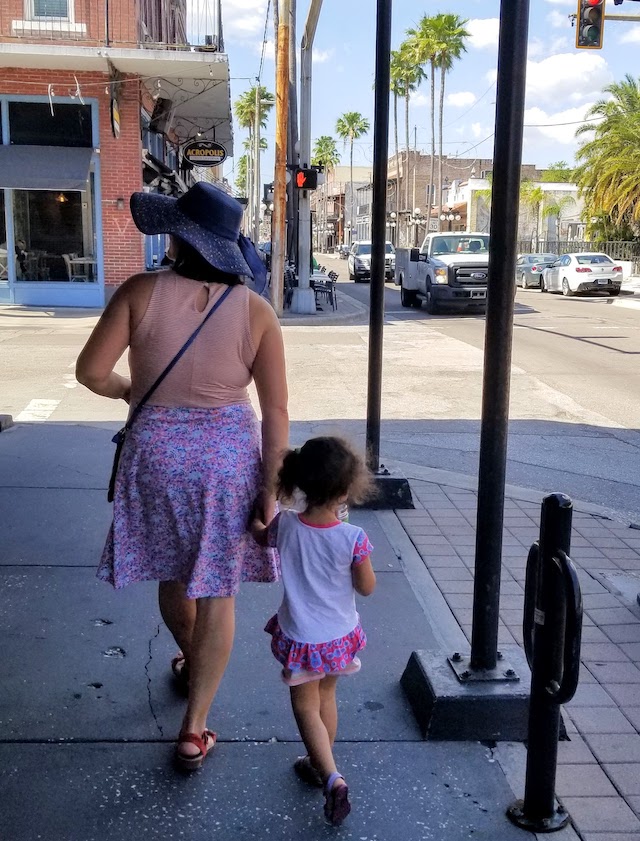
The real magic lies in how we apply these standards in our everyday interactions. From bedtime stories that transport us to far-off lands to those heart-to-heart talks about the day’s adventures, we’re planting the seeds of language fluency with each word we share. And when Yuna dives into writing her own tales, these standards become our compass, ensuring she crafts sentences that soar.
But here’s the thing, fellow adventurers—each child dances to their own unique rhythm. For our Yuna, who’s embracing three languages, this journey might take a little longer. But oh, the rewards will be astounding! Picture her confidently switching between languages, expressing herself in a symphony of words. Our role? To be her guiding stars, nurturing her with the support and patience she needs to flourish.
As the threads of these standards weave through Yuna’s growth, we’re not just shaping her language skills. We’re sculpting her ability to think critically, communicate effectively, and embrace a world of opportunities. So, let’s embark on this thrilling journey, celebrating every milestone, every ‘aha’ moment, and every adventure in learning. Together, we’re crafting a story where language isn’t just a tool—it’s a treasure trove of boundless discovery.
Sign up for our newsletter
If you found value in this post and are eager to join us on this adventure of nurturing young minds, don’t miss out on our exclusive newsletter! By subscribing, you’ll receive a treasure trove of educational tips, fun activities, and insights straight to your inbox. Let’s learn and grow together! Subscribe now!




